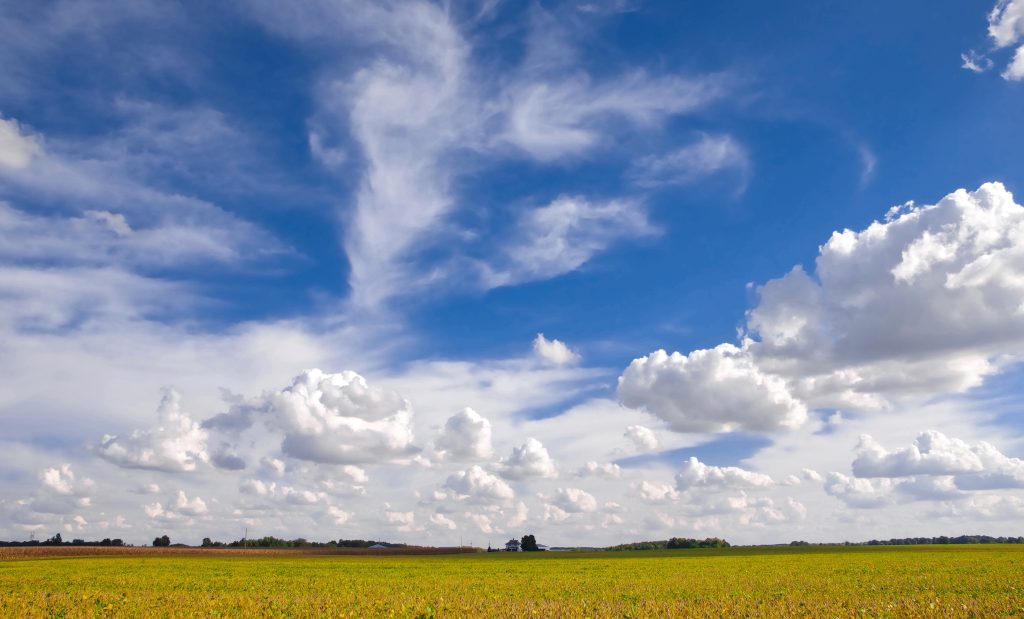What is CREP?
CREP is an acronym, that stands for Conservation Reserve Enhancement Program. This program is a part of the Conservation Reserve Program (CRP) which is the largest private-land conservation program in the United States. CREP is an especially important program because it targets land conservation, a major issue today. Learn more about the goals of CREP here.
A few goals of CREP:
- Reduce soil erosion
- By planting native vegetation and flowers, soil erosion is lessened over time due to the plants’ robust root structure, and the plant’s being able to withstand the climate in the area.
- Enhance air quality
- With more vegetation growing and thriving, more oxygen is released into the atmosphere. This coupled with the plant’s consuming CO2, air quality tends to improve over time.
- Restore/enhance wetlands
- This allows for a variety of natural species to thrive and promotes water quality.
- Increase control of critical invasive species
- Controlling invasive species is an important part in keeping both the animals and plants in the area flourishing.
Why should you enroll in CREP?
There is a multitude of reasons for you as a farmer or landowner to enroll in CREP. Adding value to your land, improving water quality, preventing land erosion, just to name a few. Over 90% of land in Illinois is privately owned, making it very important for programs such as these to exist. Chances are if your land is eligible for enrollment, then you have seen firsthand some of the issues that can arise – erosion, invasive plants, and so on. CREP is also both federally and non-federally funded and pays farmers cash payments for conservation land.
What are the requirements?
For the Illinois CREP, land enrolled in the program must be within the state, and at least 5% of the land must be within the official project area. This includes flooded or wetland riparian areas that reside within the Illinois or Kaskaskia River 100-year floodplain. Learn more about the requirements as well as eligibility here!
How do you enroll?
FDCE has helped numerous farmers and ranchers get started with CREP, for additional information or help contact our experts! You can also start by contacting your local Farm Service Agency, Natural Resource Conservation Service, Soil and Water Conservation Districts, as well as the Illinois Department of Natural Resources.

